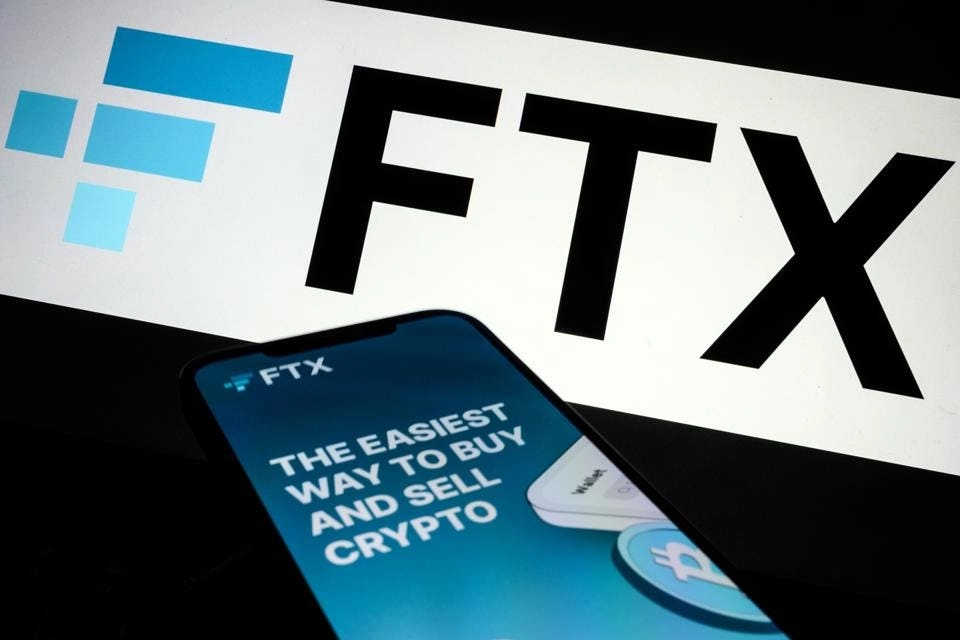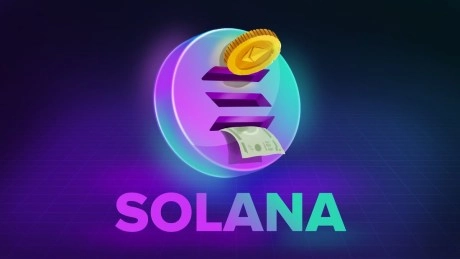FTX’s bankruptcy estate filed a lawsuit against Binance and its former CEO, Changpeng Zhao, on November 10, 2024, seeking to recover $1.76 billion. The lawsuit alleges that these funds were fraudulently transferred to Binance as part of a 2021 share repurchase deal.
The lawsuit highlights severe allegations of financial misconduct, business rivalries, and actions that may have contributed to FTX’s collapse and subsequent bankruptcy.

Binance logo displayed on a phone screen Photo taken in Krakow, Poland on December 15, 2022. (Photo ... [+] by Jakub Porzycki/NurPhoto via Getty Images) NurPhoto via Getty Images
The Core Allegations
At the heart of the lawsuit is a deal from July 2021, where FTX bought back Binance’s equity stake in the company. The complaint alleges that FTX, led by Sam Bankman-Fried, currently serving 25 years, used overvalued cryptocurrencies and customer deposits to fund this transaction despite being insolvent. Binance walked away with $1.76 billion in assets, while FTX's repurchased shares were essentially worthless.
The lawsuit also claims that this transaction was orchestrated to conceal FTX’s financial instability, sending a false signal of strength to the market. Internal testimony from Caroline Ellison, a top FTX executive, reveals that Bankman-Fried ignored warnings about the lack of funds and instead relied on FTX customer deposits to complete the deal.
The Role of Changpeng Zhao and Binance
The lawsuit accuses Binance CEO - Zhao of orchestrating FTX's downfall by leveraging Binance’s market dominance. In November 2022, Zhao tweeted that Binance planned to liquidate $529 million worth of FTX’s FTT tokens. This triggered a wave of panic, causing an avalanche of withdrawals that drained FTX’s liquidity and sent its token value plummeting from $24 to $2.30 in days.
FTX alleges that Zhao’s tweets were part of a deliberate campaign to destroy his competitor and bolster Binance’s market share. By the time FTX sought emergency funding, Zhao’s actions had already undermined confidence in the company, sealing its fate.
The Evidence Presented
- Transactions and Records: Documents show that the repurchase deal involved Alameda Research, an FTX subsidiary, which used customer deposits to fund the payments.
- Testimonies: Ellison’s testimony revealed that Alameda was insolvent at the time and lacked sufficient funds to complete the transaction.
- Market Impact: Following Zhao’s tweets, FTX faced unprecedented customer withdrawals, with $6 billion leaving the exchange in just two days.
- Public Statements: Bankman-Fried misled the public, claiming the deal was funded entirely by Alameda’s profits, while Zhao’s tweets concealed an alleged intent to destabilise FTX.

LONDON, ENGLAND - NOVEMBER 10, 2022: In this photo illustration the FTX logo and mobile
Getty ImagesProving an Intent
FTX’s bankruptcy administrators are seeking to recover the above-stated $1.76 billion for the benefit of creditors, along with punitive damages. Binance, however, has dismissed the claims as meritless and vowed to defend itself in court. Showing the CEO’s intent will not be easy; however, if Binance somehow benefited from FTX’s customers and there was a short email or communication showcasing that this was indeed designed this way, the intent might be proven.
Proving intent in cases like this is a significant legal challenge. Intent often hinges on demonstrating that actions were deliberately calculated to achieve a specific outcome, such as benefiting one party at the expense of another. For FTX’s administrators, establishing intent might require uncovering communications—such as emails, messages, or internal documents—that explicitly show an awareness of the fraudulent nature of the transactions or a coordinated effort to harm FTX while benefiting Binance.
The lawsuit presents a detailed account of actions and statements that FTX alleges were part of a deliberate strategy to destabilise its operations. The following points summarise the key evidence aimed at establishing intent:
Coordinated Public Statements and Market Impact
FTX accuses Zhao of using his public platform to spark panic within the market. On November 6, 2022, Zhao announced Binance’s plan to liquidate its FTT holdings, ostensibly for “risk management.” However, FTX alleges this was part of a calculated effort to harm its competitor. The resulting market panic triggered an unprecedented spike in customer withdrawals, rising from $18 million per hour to $150 million per hour. This overwhelmed FTX’s liquidity and ultimately caused the collapse.
False and Misleading Claims
The lawsuit highlights Zhao’s allegedly false statements, including claims that Binance’s actions were routine and unrelated to competition. Additionally, Zhao later suggested that Binance’s due diligence revealed new issues with FTX’s finances, further eroding confidence in the exchange. FTX claims these statements were deliberately misleading, designed to prevent it from securing alternative funding and accelerating its downfall.
Leaked Financial Information
FTX contends that Binance leaked confidential financial data from its trading arm, Alameda Research, to the media. This leak resulted in a damaging article that raised questions about FTX’s solvency, exacerbating market fears. FTX asserts this leak was part of Binance’s campaign to undermine its stability.
Influence Campaigns
Binance is accused of funding influencers and leveraging social media to amplify distrust in FTX. These efforts reportedly centred on criticising FTX’s pro-regulation stance, positioning Binance as a preferred platform in the eyes of the crypto community.
Restrictive Exclusivity Agreement
During discussions about a potential acquisition, Binance signed a Letter of Intent with an exclusivity clause that prevented FTX from seeking other financing. The lawsuit argues that this agreement and Zhao’s public statements limited FTX’s ability to recover and misled the market about Binance’s true intentions.
Conspiracy vs. Bad Governance: The Underlying Issue
Even if the allegations against Binance and Changpeng Zhao are true—that they deliberately leaked information and fuelled market panic —it raises the question of whether such actions alone would have been sufficient to bring FTX down.
Any market thrives on competition, and crypto even more so, and firms often seek dominance through strategic manoeuvres. While Binance’s alleged actions may have exacerbated FTX’s collapse, they occurred within a highly competitive, yet largely unregulated industry.
Although, this suit might bring further clarity into what happened and why. The real issue remains - the FTX’s glaring lack of internal governance and necessary regulatory oversight due to limited regulation as such.
Evidence presented in the lawsuit shows that FTX and its trading arm, Alameda Research, were insolvent long before the alleged sabotage. Mismanagement, including the misuse of customer deposits to fund risky ventures, created a fragile foundation that could not withstand external pressures. This mismanagement, compounded by opaque practices and an absence of robust oversight, ultimately made FTX vulnerable to collapse.
While this case is set in the world of cryptocurrency, it is fundamentally not about the technology or the crypto industry itself. It is a stark reminder of the consequences of poor governance and regulatory gaps. If FTX had adhered to stronger internal controls, transparency, and sound financial practices, external pressures—no matter how calculated—might not have led to its downfall. The broader lesson here is not just about competition but about the urgent need for better governance frameworks and regulatory standards in both traditional and emerging financial markets.



